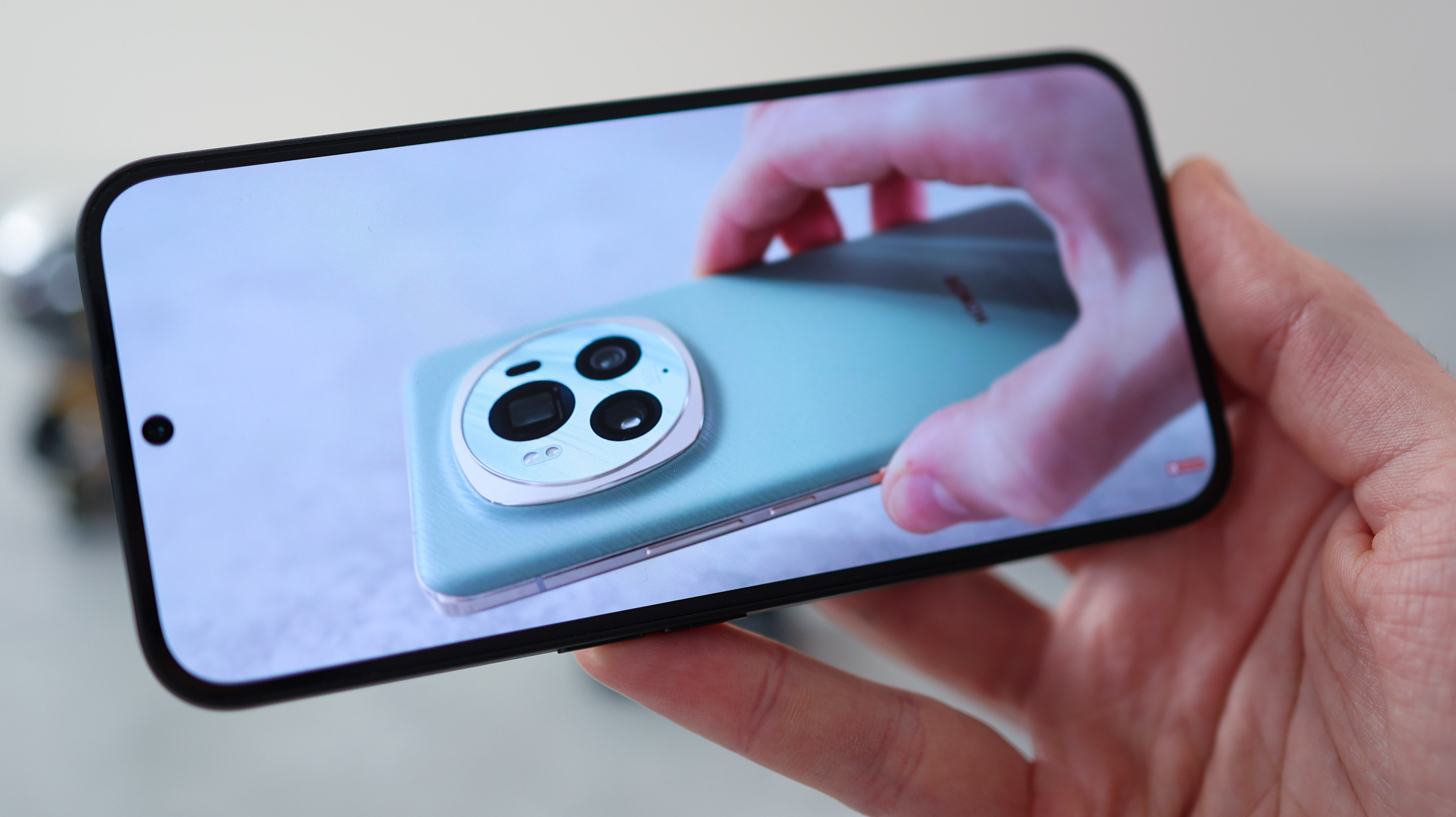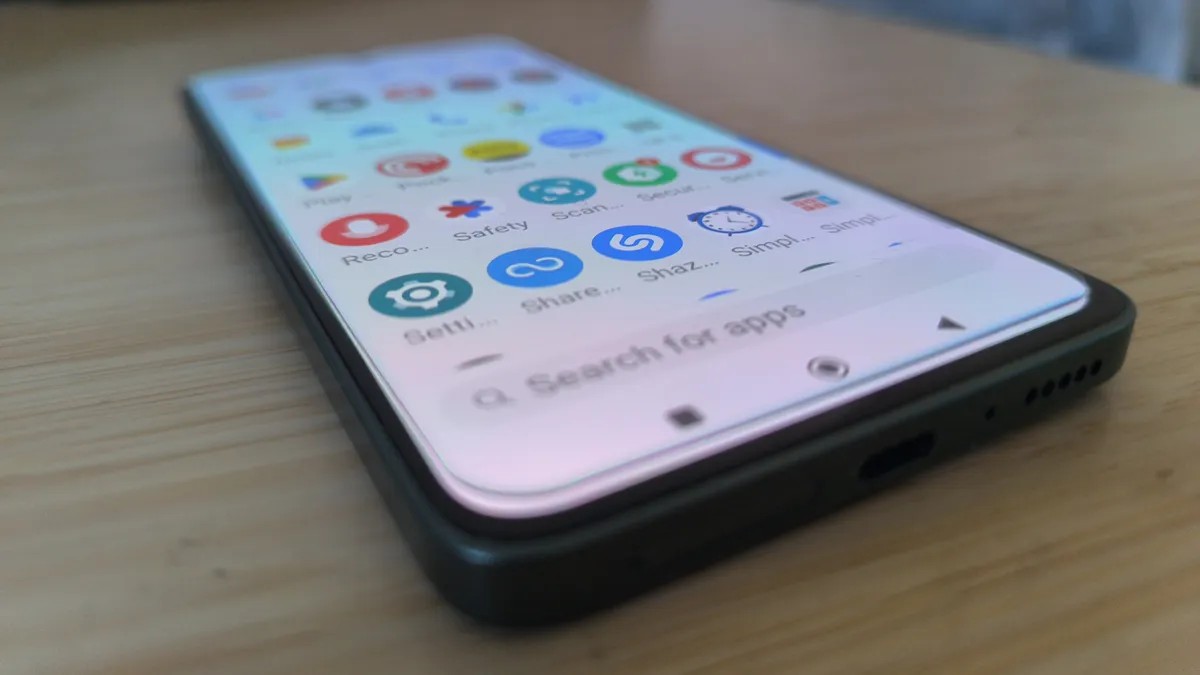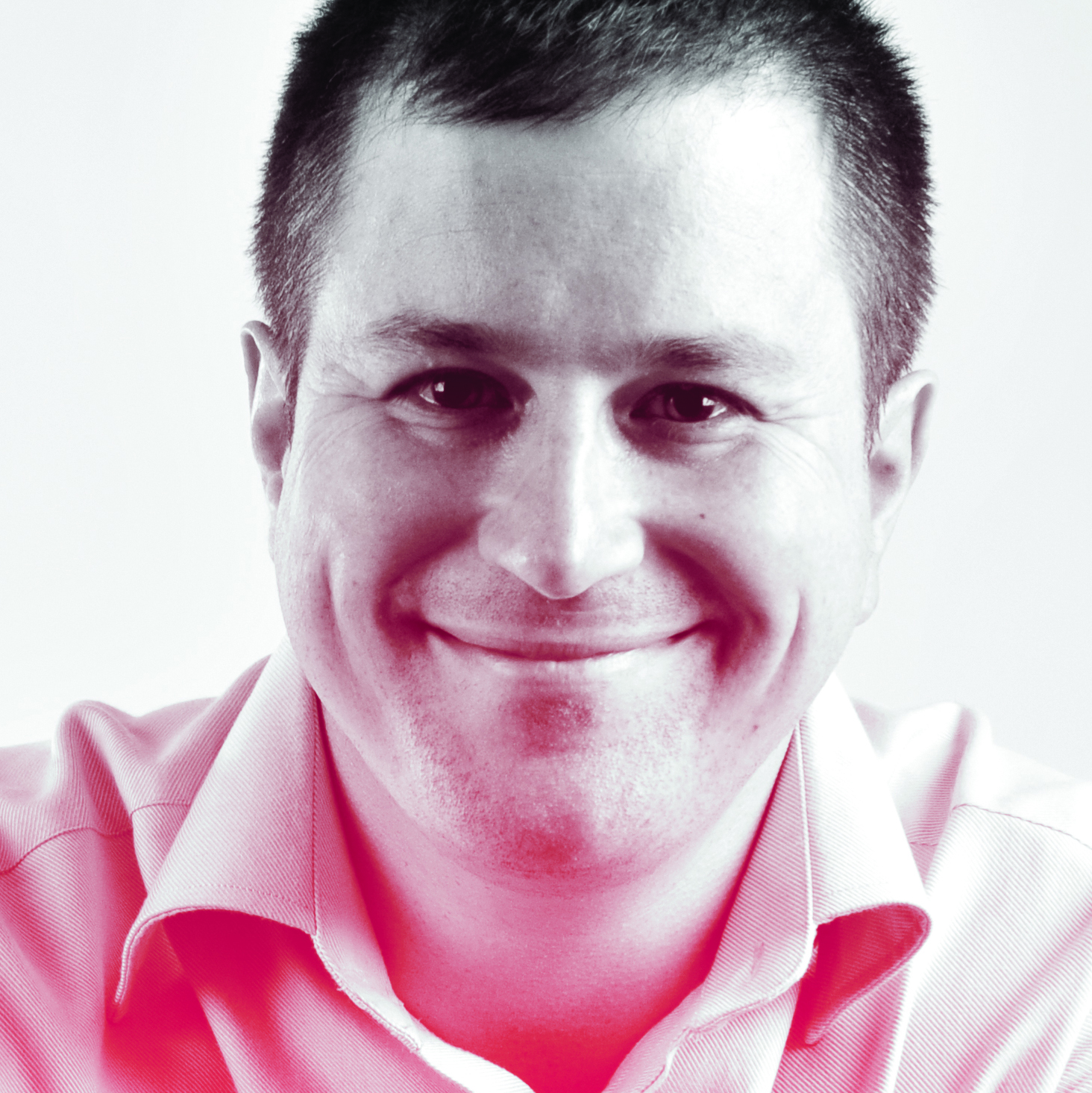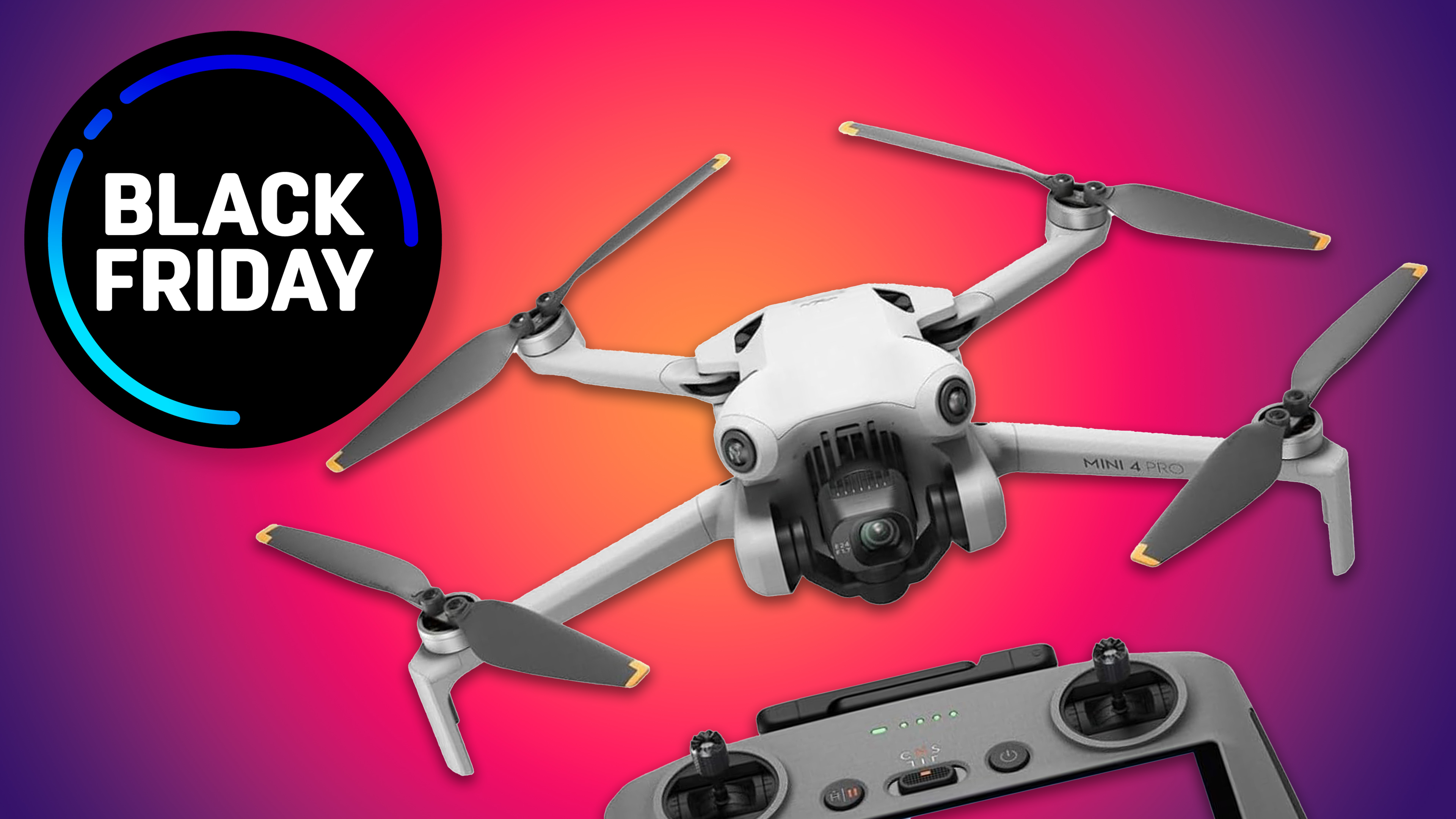
I've been photographing with smartphones for over a decade, but recently I've felt something shift. The gap between premium and budget devices used to be enormous. Today, I'm not convinced it justifies the price difference.
Let's be clear: I'm not anti-tech. I love high-end phones, capable phone cameras, and smooth performance. I just no longer believe you need to spend a grand to get these things.
Let's take the Nothing Phone 2a. For just $300, you're getting a 120Hz OLED display, 50MP camera with optical stabilization and impressive overall performance. Compare that to flagships costing three (or more) times the price, and the core experience isn't dramatically different.
Midrange is no longer middling
Similarly, I recently tested a Poco M7 Pro alongside a Samsung Galaxy S25 Ultra. Both handled every photography app without stuttering. Both displayed images beautifully. Both lasted a full day of heavy use. Yet the Poco costs a fifth of the Samsung's price.
Of course, the Samsung is a better phone. In fact, it's one of the best phones in the world you can buy right now. But I reckon most people don't need the best phone in the world; they just want something decent. Because this isn't about specs on paper – it's about what you actually use a phone for in the real world.
When editing photos in Lightroom Mobile or shooting handheld video, the expensive phone doesn't make me more productive. Even when it comes to shooting, the quality of my images and footage mainly depend on lighting, composition and timing… not whether I'm using a $300 or $1,200 device. This became clear to me recently when I purposely bought a phone with a terrible camera – and it made me a better photographer.
The problem with flagships
Don't get me wrong. Just like cars that cost a quarter of a million, flagship phones do offer genuine benefits. Most obviously, camera systems are more sophisticated, with better low-light performance and superior zoom. And if you regularly shoot in challenging conditions, these things matter.
The best camera deals, reviews, product advice, and unmissable photography news, direct to your inbox!
I still believe, though, that most people won't notice the difference on a daily basis. And with that in mind, it feels like smartphone cameras have reached diminishing returns for casual users.
Most people aren't using their phone to shoot images for a gallery exhibition or a commercial marketing campaign. They just want to take photos of friends or holidays, then share them on Instagram or messaging apps.
If that's you, I'd argue a $300 phone produces results that are virtually indistinguishable from a $1,200 flagship. The biggest improvements in your photos will come from things like understanding light and composition, not spending more money on hardware.
Even for enthusiast photographers, the gap has narrowed. Midrange phones offer manual controls, shoot in raw format, and handle challenging scenes with surprising competence. So unless you're shooting professionally, I reckon you don't need flagship-level performance.
Even if you do, it can save you significant cash to buy a one or two-year-old flagship instead. You'll get 90% of the premium experience for 50% of the price, with most software support benefits intact.
And remember, today's midrange phones offer experiences that would have been flagship-quality just years ago.
In short, the question isn't whether flagship phones are better – they are. It's whether they're better enough to justify the enormous price difference. And for most people these days, I honestly think the answer is no.
Tom May is a freelance writer and editor specializing in art, photography, design and travel. He has been editor of Professional Photography magazine, associate editor at Creative Bloq, and deputy editor at net magazine. He has also worked for a wide range of mainstream titles including The Sun, Radio Times, NME, T3, Heat, Company and Bella.
You must confirm your public display name before commenting
Please logout and then login again, you will then be prompted to enter your display name.


